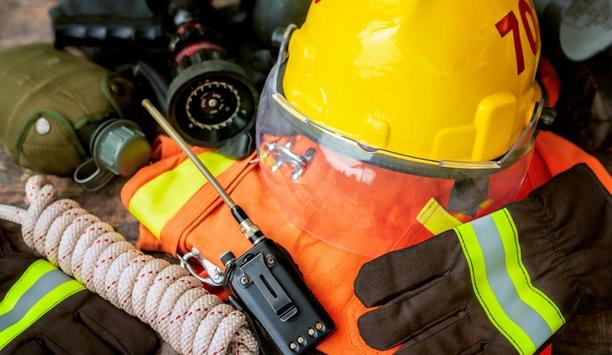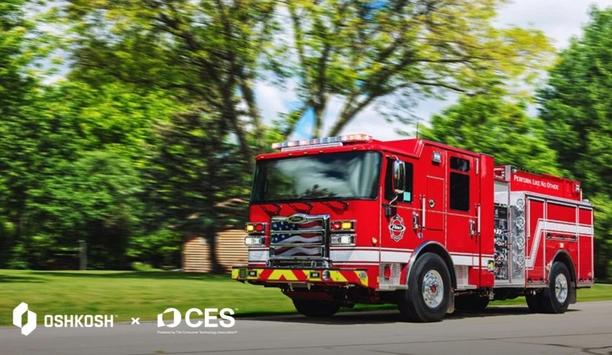 |
| CFOA and DCLG have extended their support for the call for a unified register |
The campaign to establish a standard national benchmark of fire risk assessors is gathering support from the fire safety industry.
The call by Warrington Certification Ltd, has received endorsement from the Chief Fire Officers’ Association (CFOA) and in principle from the Department for Communities and Local Government (DCLG). The Institute of Fire Safety Managers and the Royal Institution of Chartered Surveyors has already supported the call for a unified register.
Under the Regulatory Reform (Fire Safety) Order, the ‘responsible person’ of buildings - usually the owner or manager - is required to take reasonable steps to reduce the risk from fire and ensure occupants can safely escape if a fire does occur.
Nick Coombe, technical lead for CFOA on enforcement policy, said: “At the moment, there is no reassurance for the responsible person that the fire risk assessor they may choose is qualified to conduct an assessment. We have cases where someone who has conducted assessments of shops can be asked to assess a block of flats without having previously done so. There is no structure in place.
There is no benchmark of the skills required for the registers of fire risk assessors. There has to be a minimum level of competency, we fully support this move for a national benchmark which will bring consistency across the industry.”
Mr Coombe said fire risk assessors should have the knowledge across the key areas of applicable legislation, appropriate guidance, building construction, fire hazard and fire risk, preventive measures, protective measures, entry and evacuation strategies, fire safety management and assessment of risk from fire. Less than 10 per cent of assessors hold some form of third party approval.
In assessing the competence of a professional fire risk assessor, the responsible person for buildings should consider issues such as their CV, track record, qualifications, quality measures and insurance.
The DCLG.has said “there would appear to be real benefits to ‘responsible persons’ if it were possible for the sector to develop and publicise a single register.”
Simon Ince, manager, personnel certification schemes at Warrington Certification, said: “The sooner we have a common, approved set of technical skills for assessors the better.
He added: “The industry is starting to help the responsible person/duty holder by producing a simple standard of technical competences that can be used by the certification bodies to approve assessors against.
“However, these certification schemes need to be standardised to provide the responsible person with assurances that each assessor, regardless of which certification body has certificated them; actually does meet the required standard. Finally there needs to be a real emphasis on signposting the responsible person to those fire risk assessors who can demonstrate, via an accredited third party, that they are competent.”
He suggested that the solution might take the form of a web-based tool which can be applied by the accredited certification organisations. The registers would call up one common database of risk assessors who would all be certificated as being competent.
In response to the London Assembly’s recommendation for mandatory minimum standards for fire risk assessors, a DCLG spokesperson has said: "The fire sector has already taken steps to develop and agree, across industry, criteria against which to assess the competency of those offering fire risk assessment services, and for this to form the basis of an accreditation or registration scheme[s] on which responsible persons can rely."











